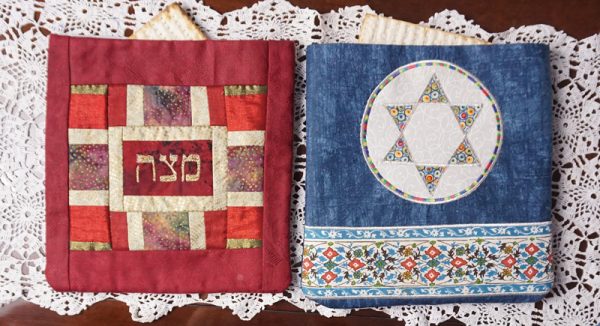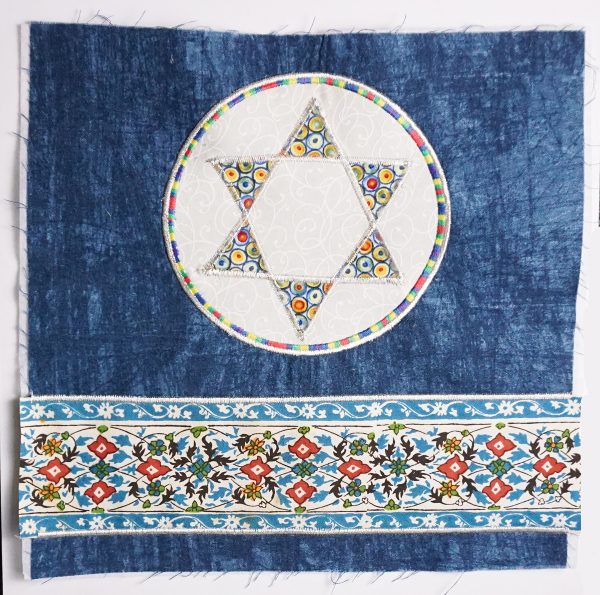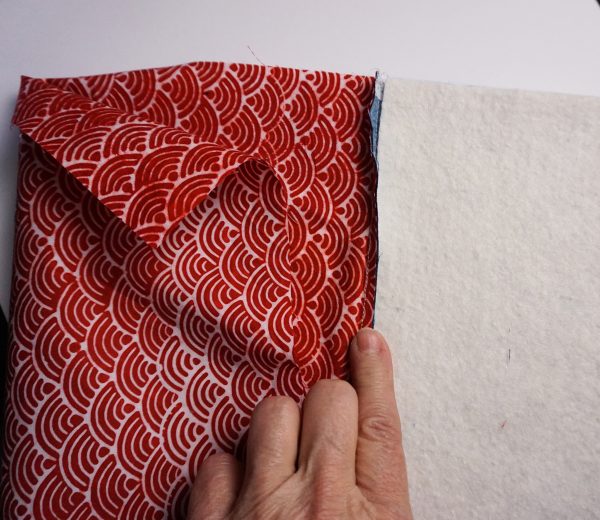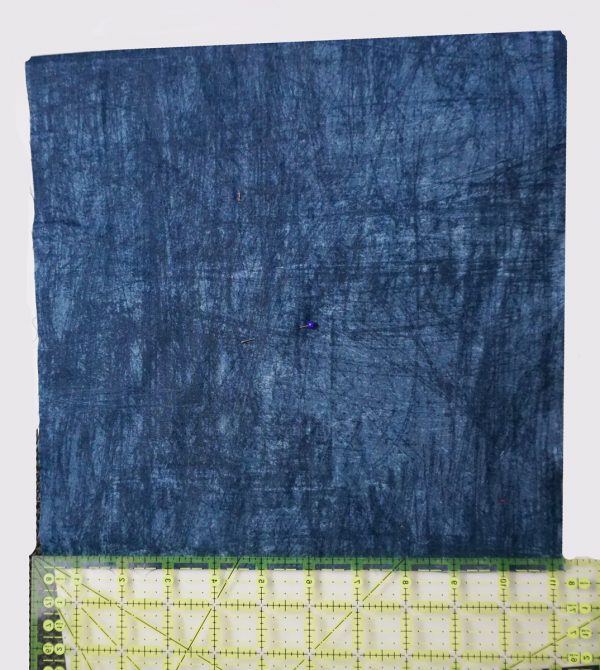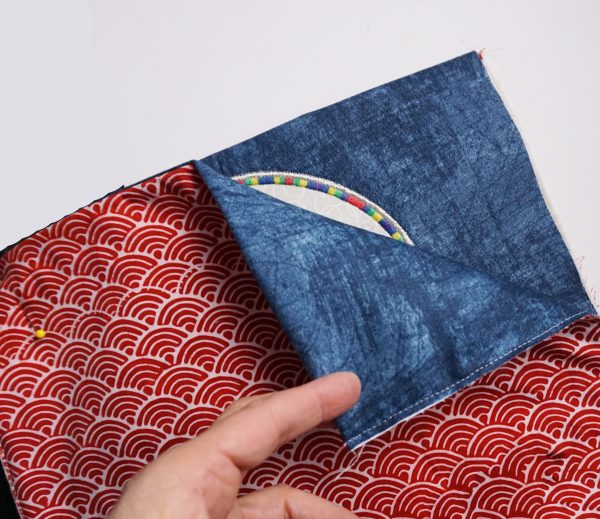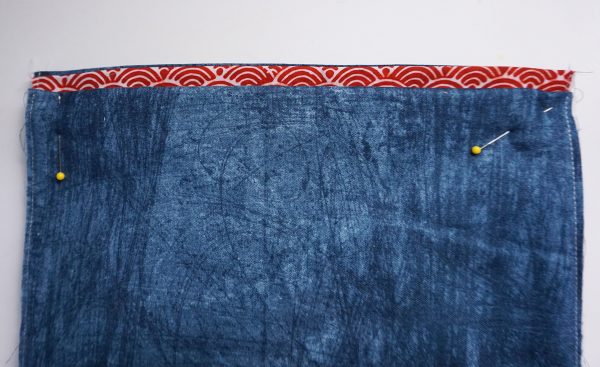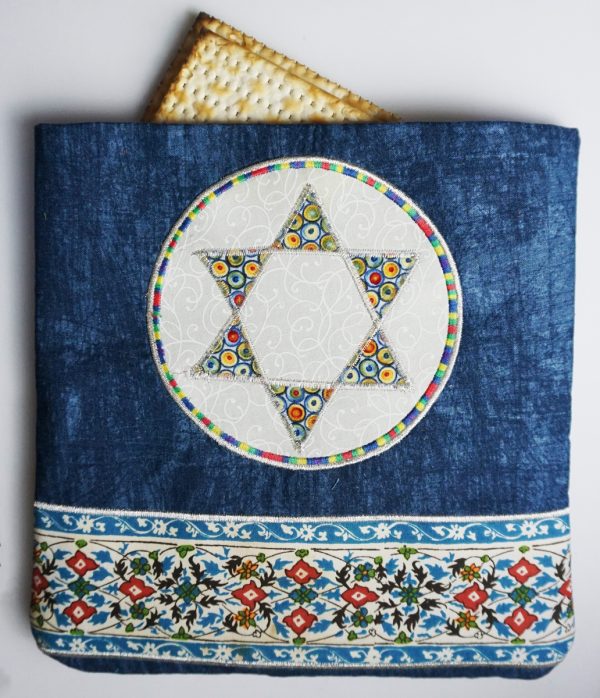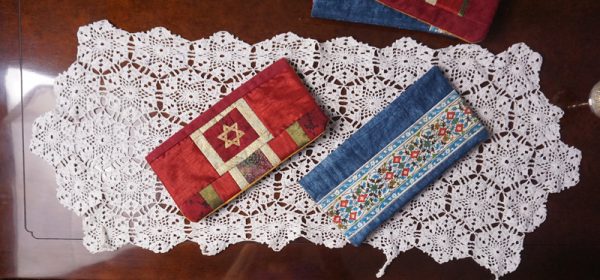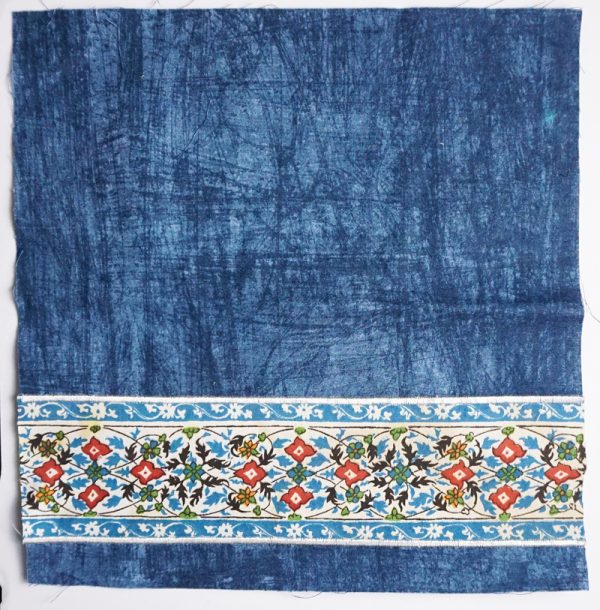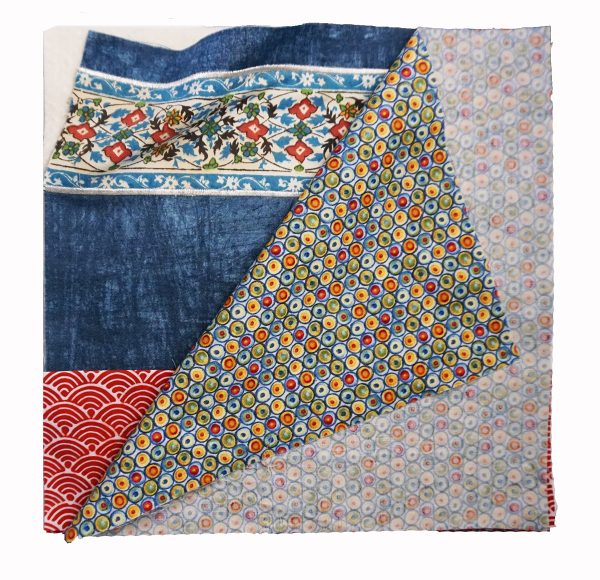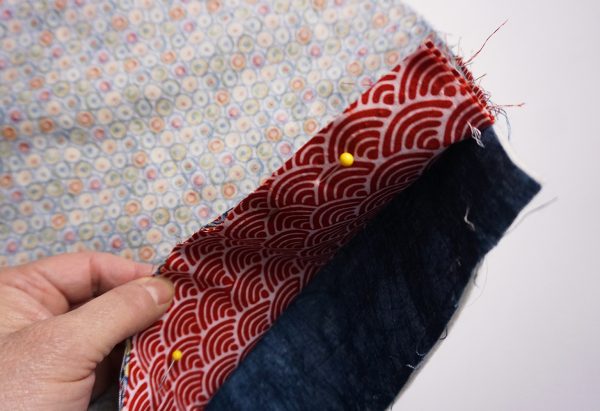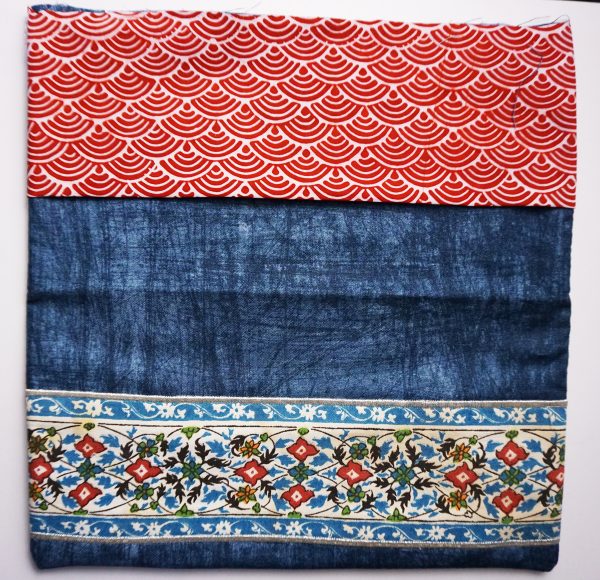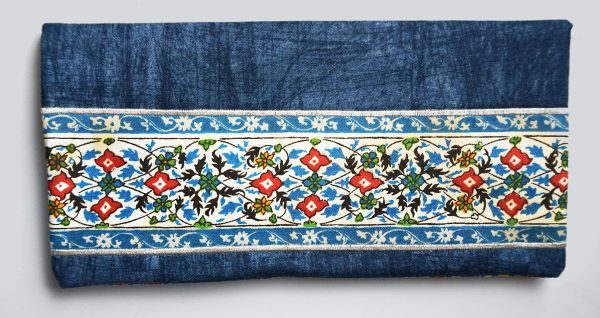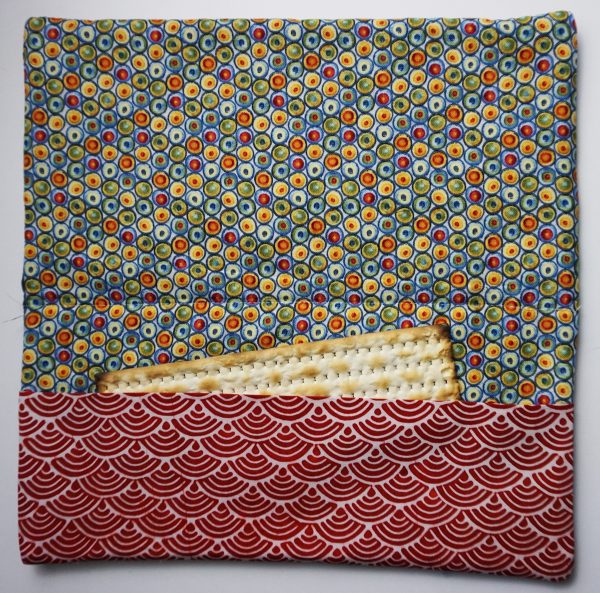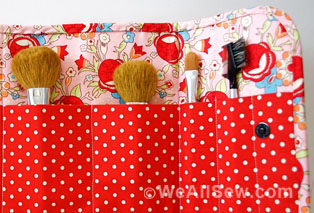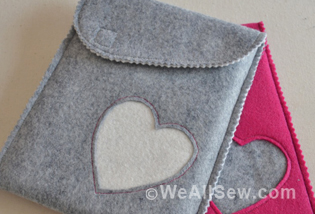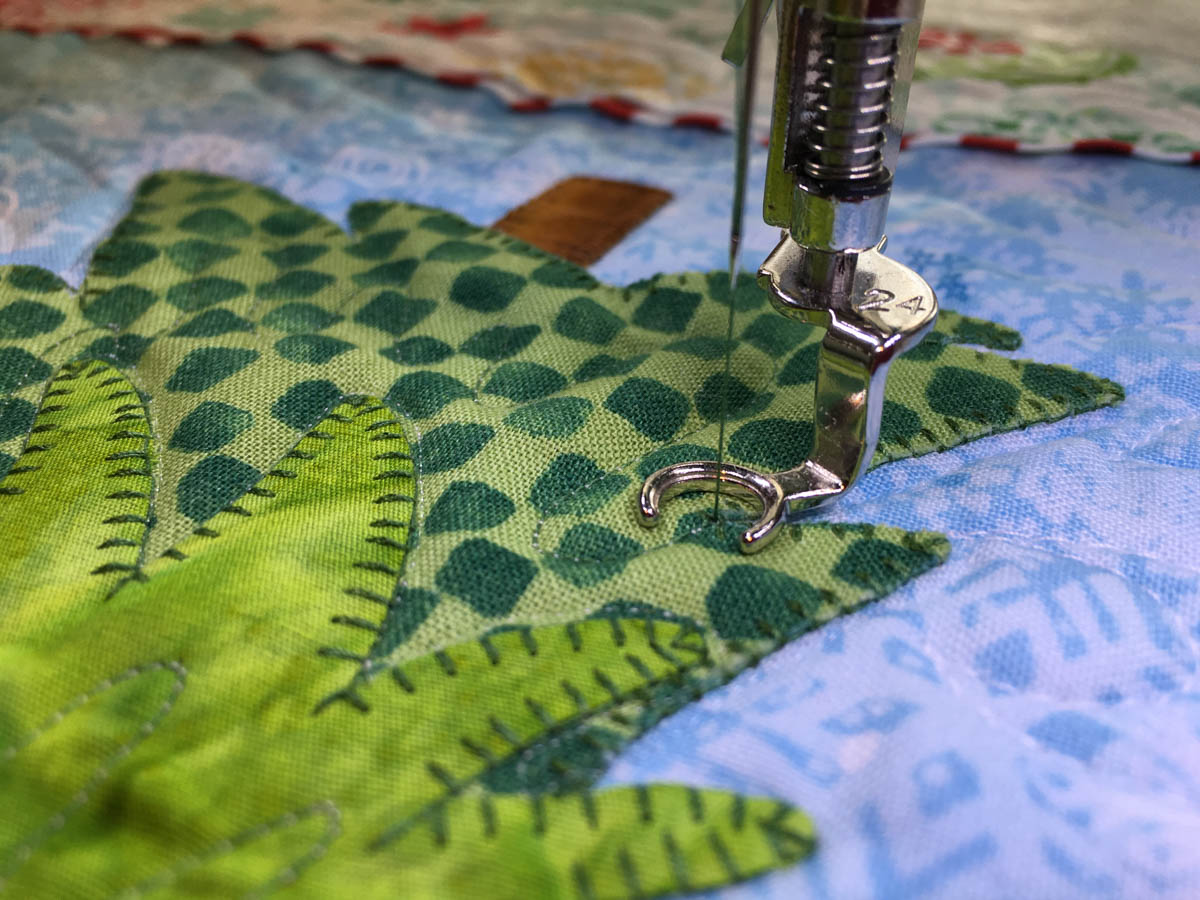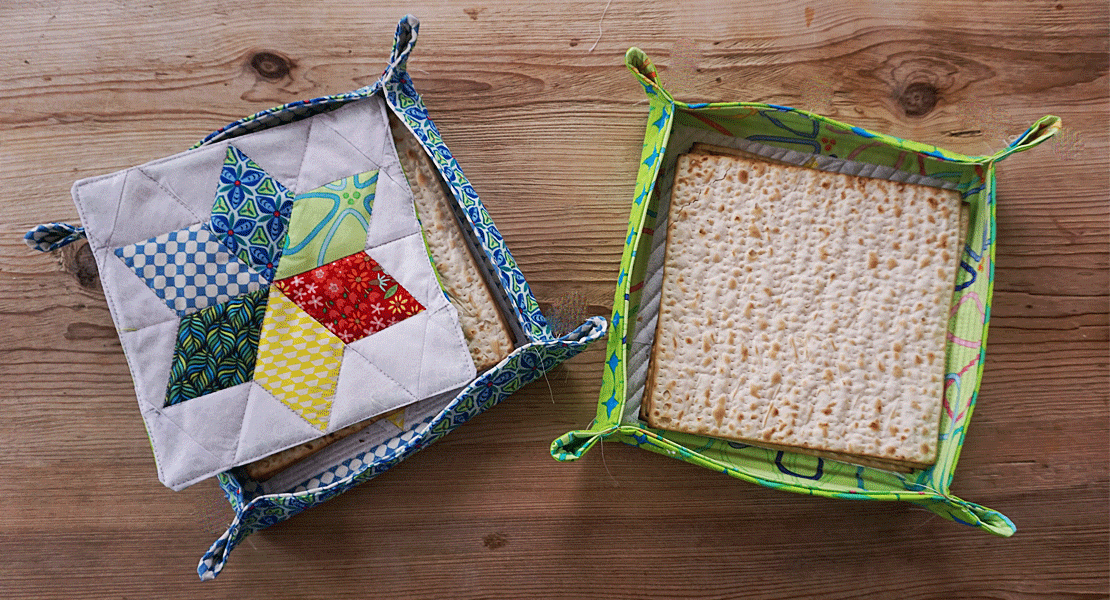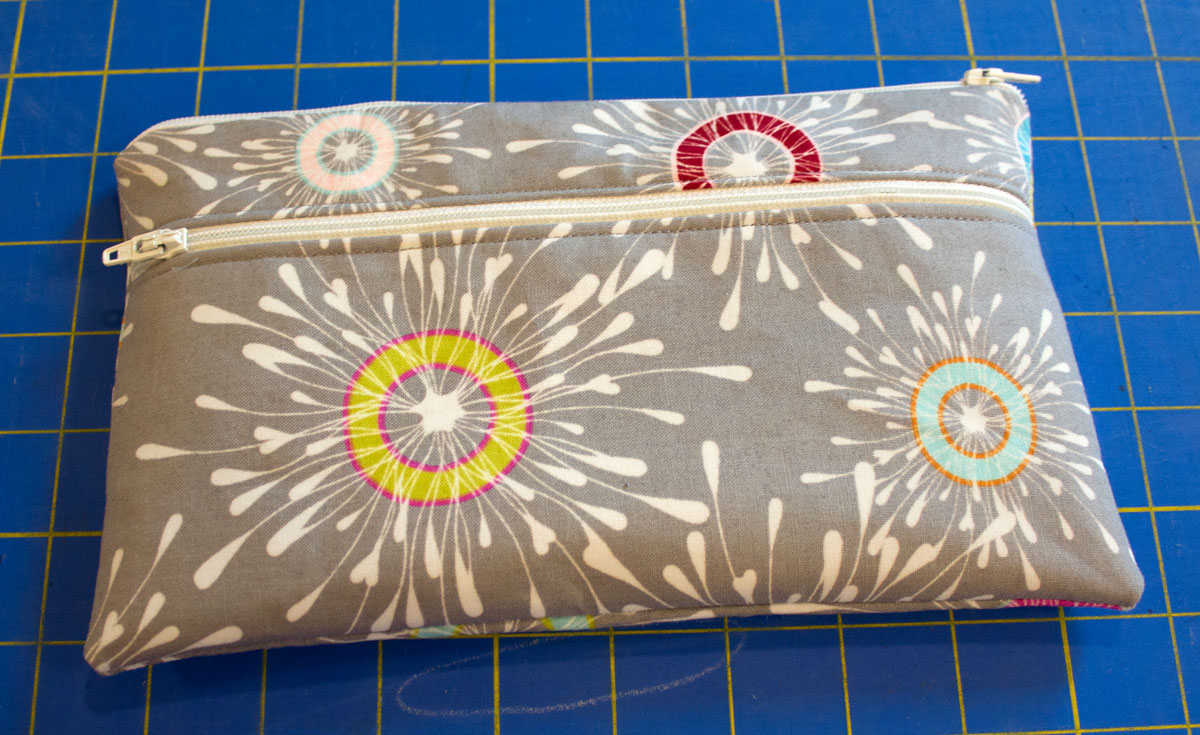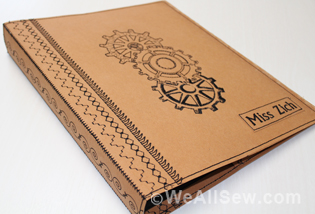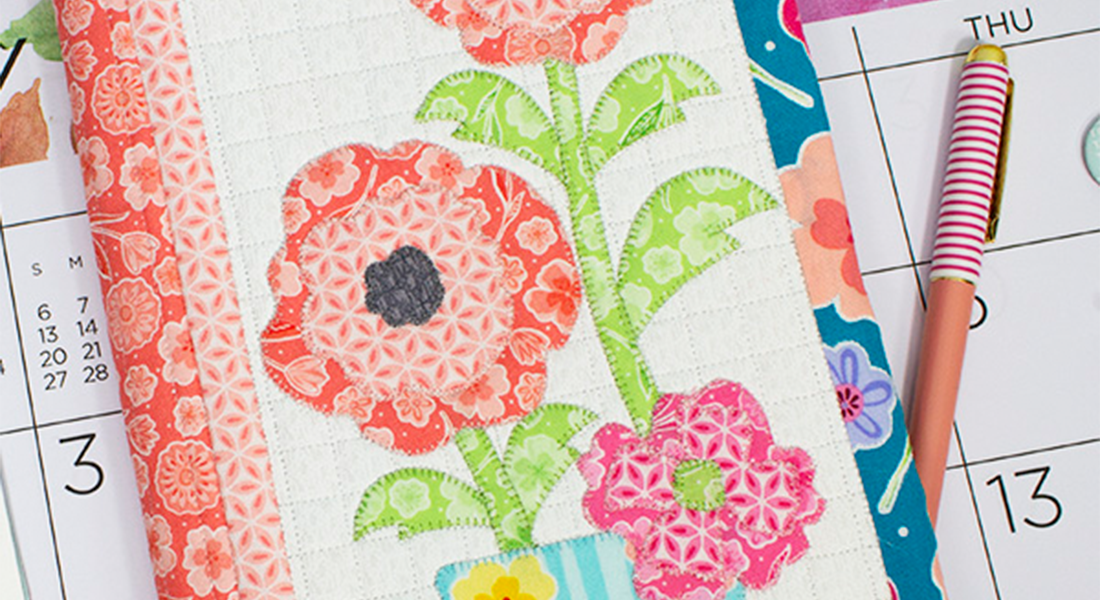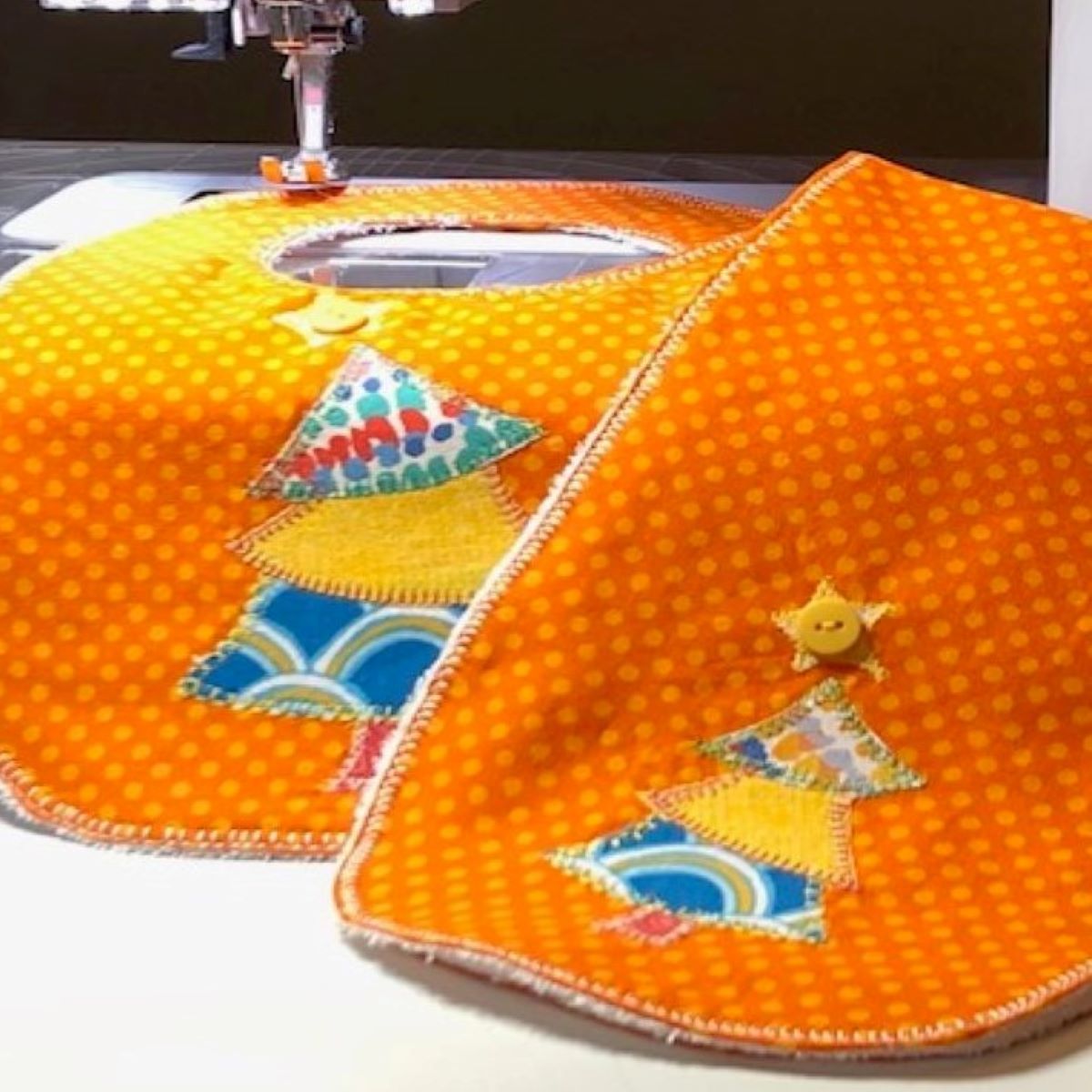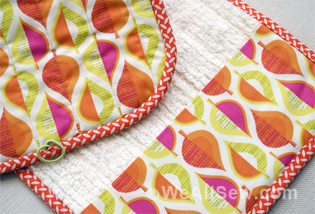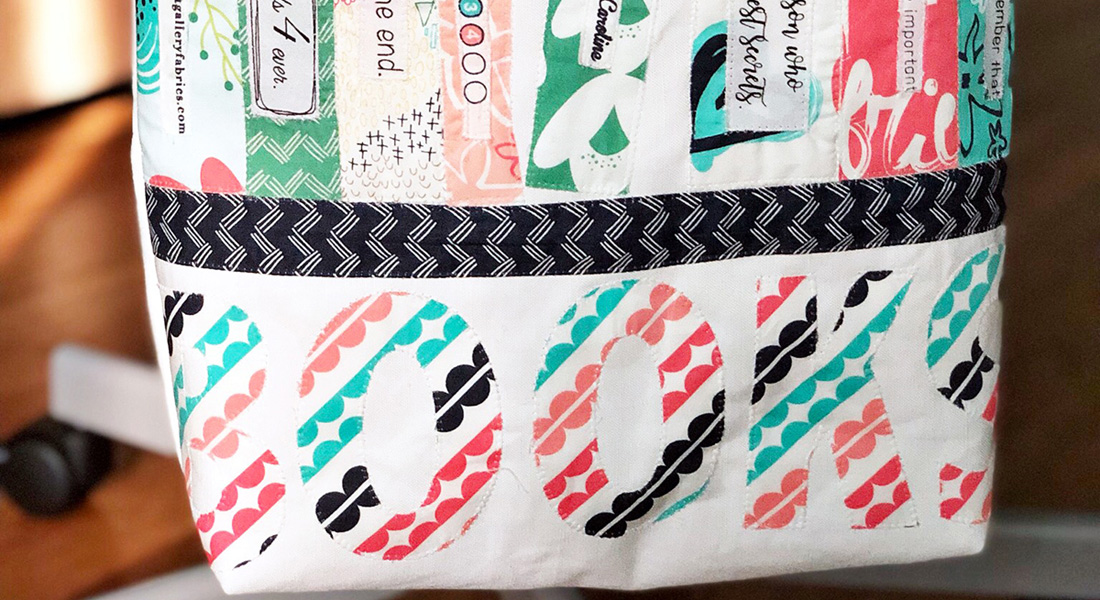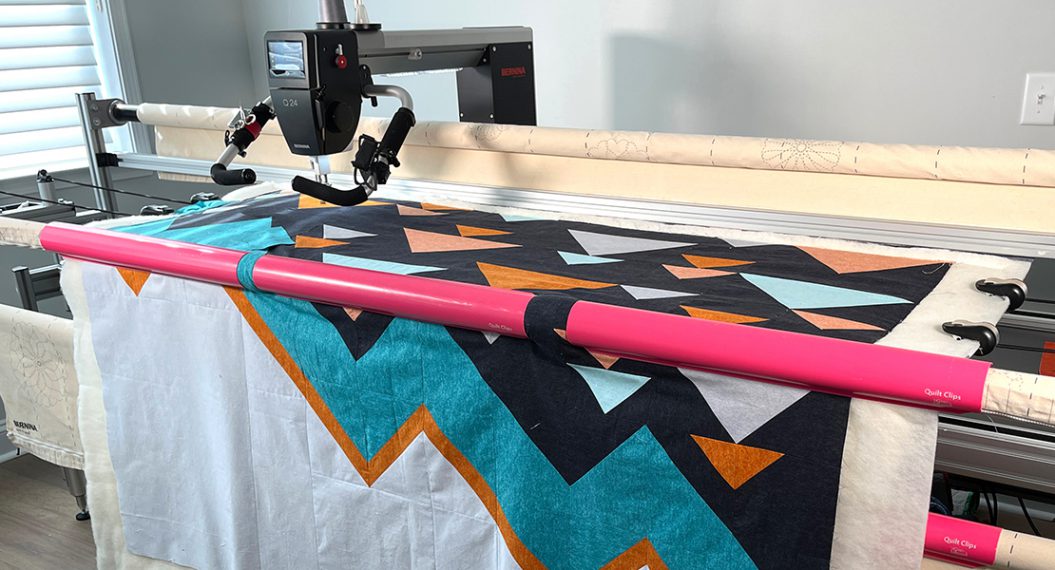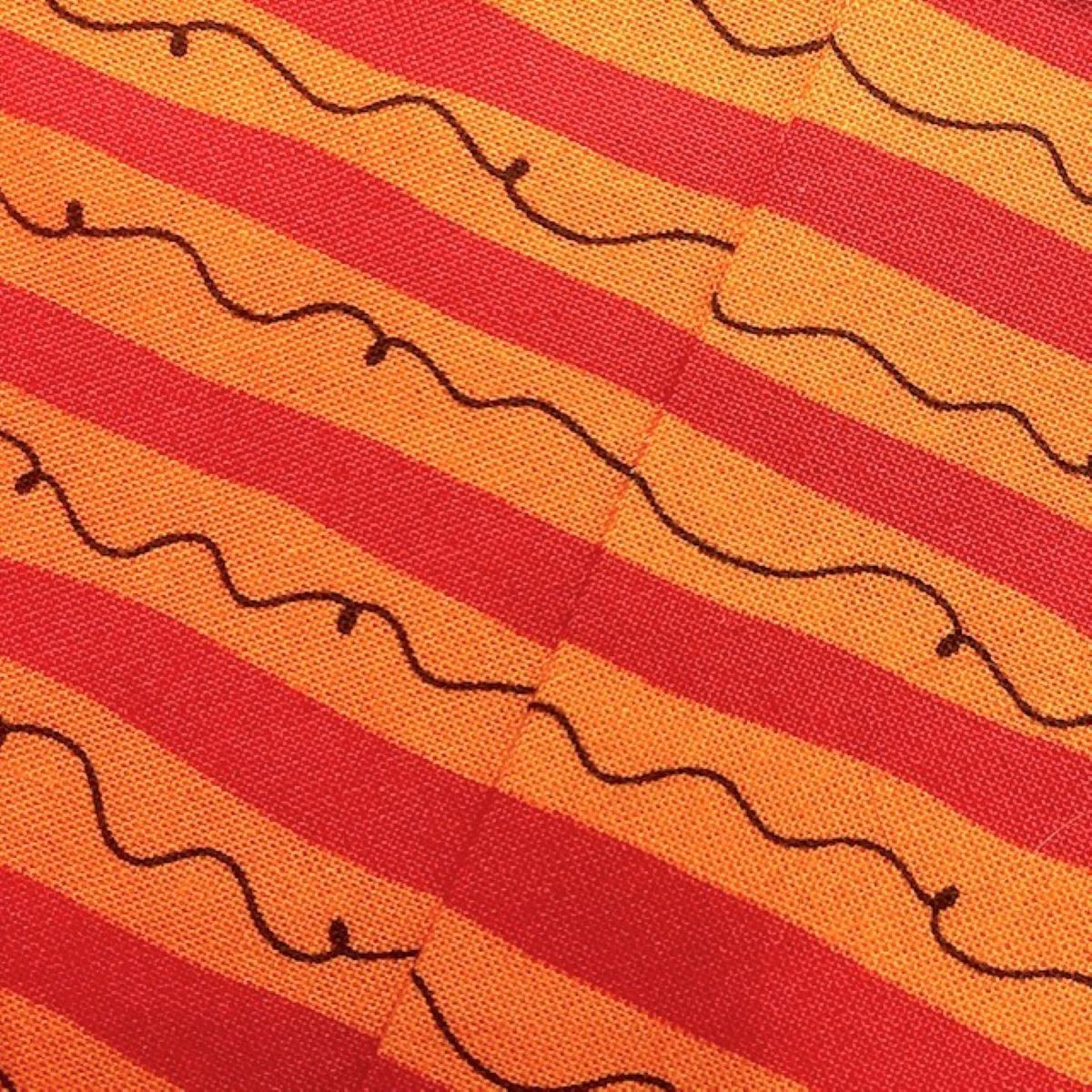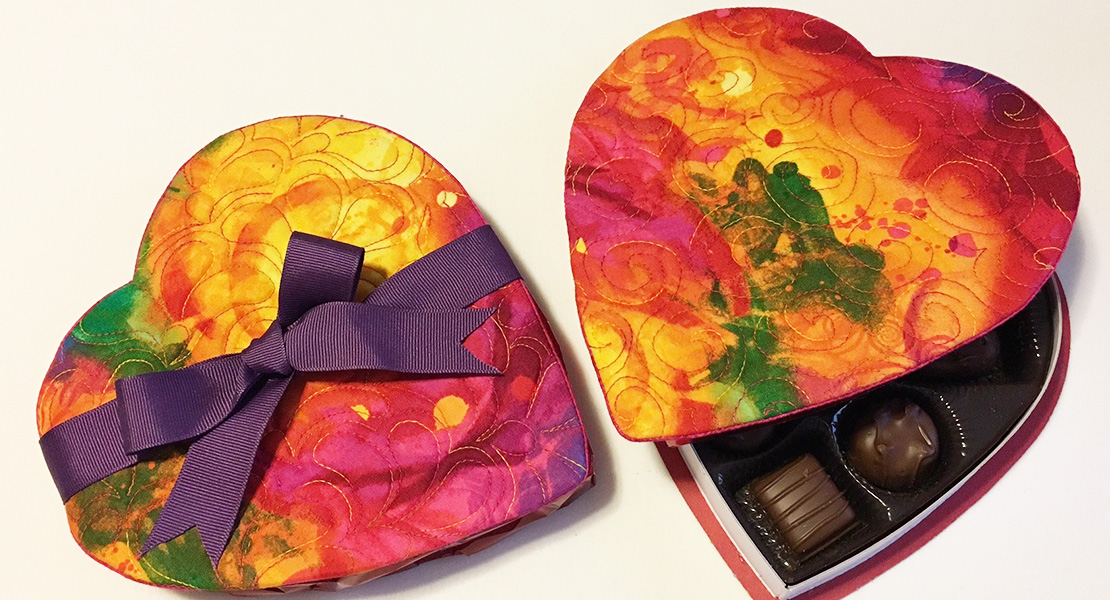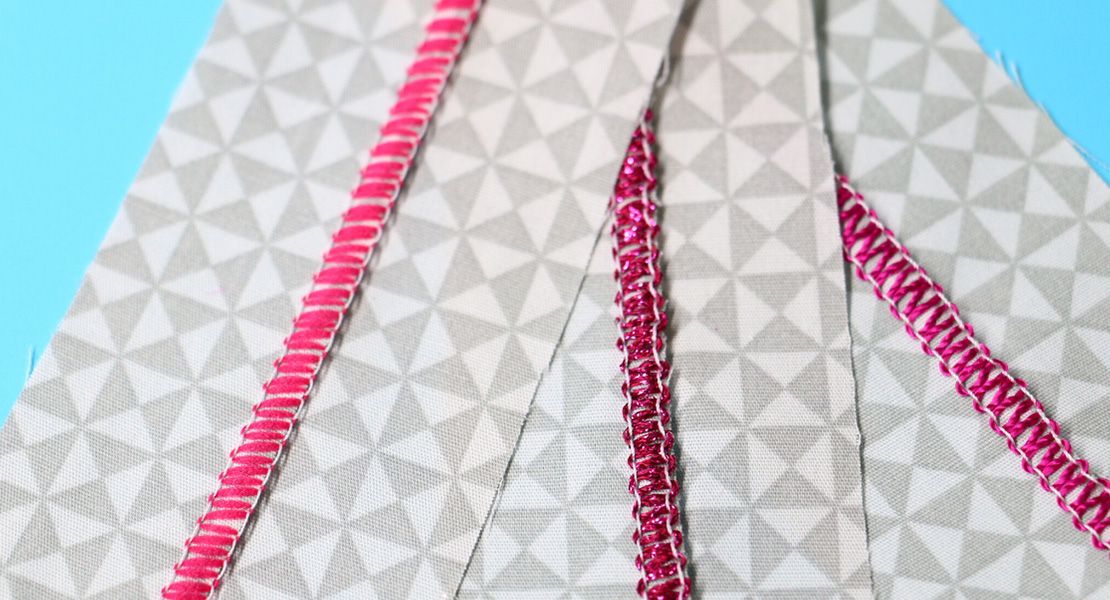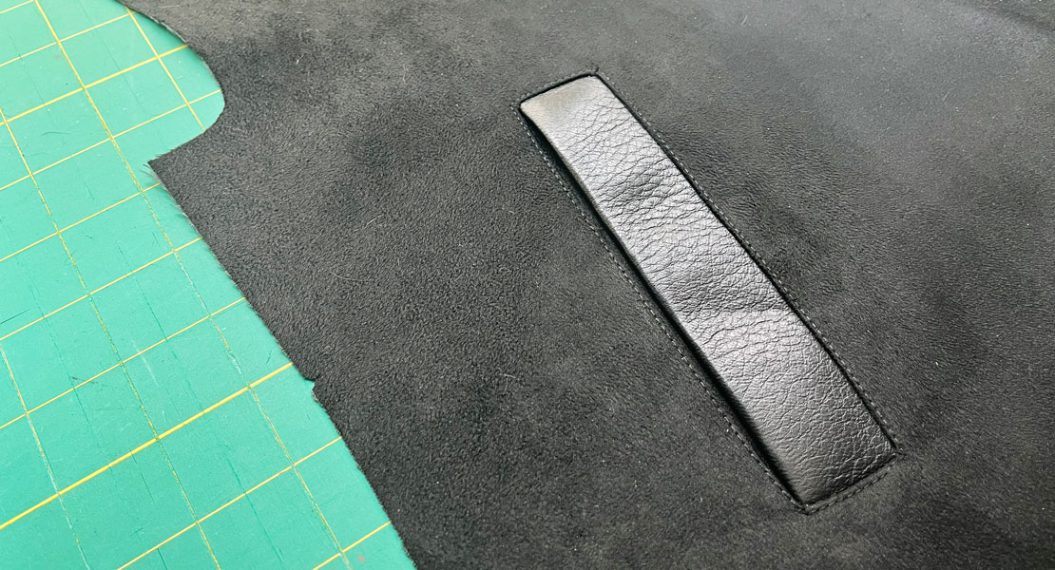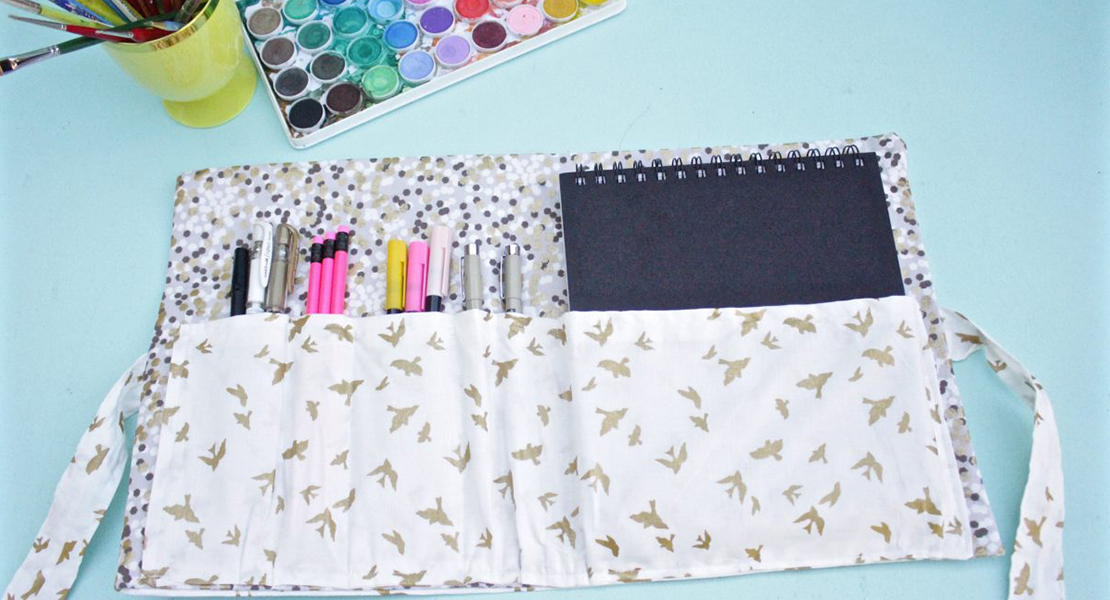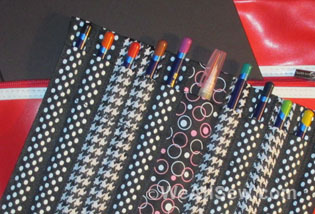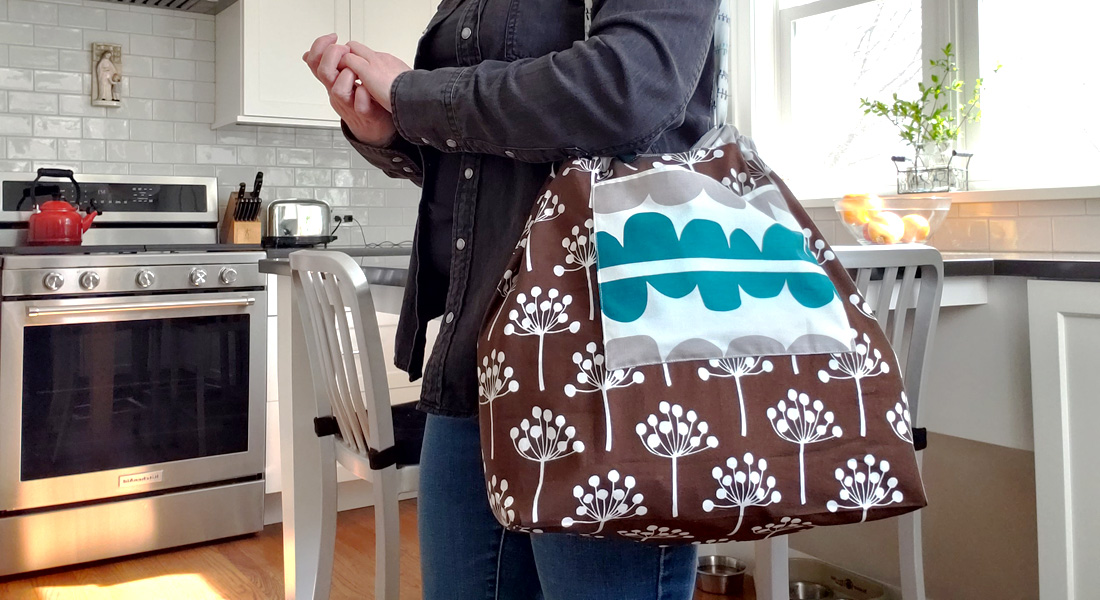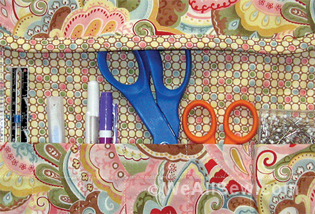Three Pocket Matzo Cover and Matching Afikoman Case for Passover
Three Pocket Matzo Cover for Passover Seder
Passover is a wonderful holiday, in our house Seders are shared with family and friends, and like many families we have established our own traditions over the years. During the Seder, it is customary to cover three pieces of matzo (the unleavened bread) on a plate covered with a cloth. My grandparents had a beautiful embroidered satin cover with fringe around the edges. But my tradition is more modern and reflects my personal style. It looks pretty on the table and also has a matching case for hiding the Afikoman (we will get there in a bit!)
Materials to Make a Three Pocket Matzo Cover
- 4 fabric pieces, each 11″ square (one for the outside front, one for the outside back and two for the inside “lining” of the front and back. These do not need to be the same, you can see mine are different)
- 2 fabric rectangles each 22″ x 11″—these will make the interior pockets
- 4 pieces batting each 11″ square
Start by decorating the square that will be the outside front. I chose an antique fabric border I have had in my stash for awhile. I also used the Circular embroidery attachment #83 for my BERNINA 750 to do a satin stitch in both variegated thread (which creates a pretty multicolored pattern) and in silver thread (for a little sparkle). The satin stitch is just a zig zag stitch set at 4.0 wide and .25 long, and sometimes (as was the case with the silver) I go over it a second time to make sure there is a nice thick layer of thread. When doing any kind of applique or satin stitching, or when using the #83 circular embroidery foot, it helps to stabilize the back of your fabric square with fusible interfacing. If you prefer to decorate with piecing, you can put the batting square behind the fabric piece and foundation piece directly onto the batting. Or, if you have chosen a beautiful fabric, you don’t have to decorate at all.
Take one of the interior lining fabric squares and your front square and place them right sides together. Sew along the top edge (the edge that is the top of your design on the outside front) at one quarter inch seam allowance. Press the seam allowance towards the interior lining and tuck a batting square under the seam allowance resting on the front piece. This will help make sure no lining shows on the outside top. Line up all the other edges and pin to hold it. Repeat for the back and its interior lining square. On both pieces, sew around the remaining three edges less than one quarter inch from the edge. This prevents shifting when the whole matzo cover is sewn together. Yes, this is sewn with the raw edge on the outside, don’t worry!
Place a batting square inside one of the rectangles and fold over, with the right sides of the fabric on the outside. Line up all the edges and pin. Trim one quarter inch off the bottom raw edge (opposite the folded edge). Sew around the three raw edge sides less than one quarter inch from the edge. Again, this is a raw edge on the right side of the fabric. Repeat for the other rectangular piece.
Assemble the four units in this order: place the back section and the front section face to face; one interior section (those folded rectangles) against the back and one against the front with the folds at the top. Align the bottoms and sides—the two interior sections should be a little shorter than the front and back sections.
Sew a one quarter inch seam allowance around all three raw sides (not the top) either with a dual feed foot or the Walking foot #50. This is bulky so increase your stitch length—I went to 3 but your machine may be different. Encase the raw edges of your seam allowance with a zig zag stitch, mine was set at 4.0 wide and 2.0 long. Reach in the space between the front and back pieces and turn everything right sides out. Remember, this is bulky, so take your time and be patient. Press.
Your three pocket matzo cover has three interior sections and a pretty front, and is ready for your Seder table.
Afikoman Case for Passover Seder
During the Seder, a piece of matzo is broken off from the middle piece of matzo and hidden for the children at the table to find after dinner. This is called the Afikoman. When I was a child, my parents wrapped it in a napkin, which wasn’t very pretty and left crumbs wherever it was hidden. Instead, I have made a matching afikoman case, really just a rectangular envelope that matches my matzo cover.
Afikoman Case for Passover Seder
Materials to Make an Afikoman Case
- One 11″ square outside front/back piece, decorated as you would like
- One 11″ interior lining piece
- A piece for the interior pocket, cut 11″ wide and 7″ high and folded in half (so that it remains 11″ long). *I had pre-cut all my 11″ squares for this project so I simply folded this one in half and trimmed two inches off the bottom.)
- An 11″ square of batting
Now you can decorate the front—I used the same border fabric I had used on the matzo cover, and since this will be folded in half, there wasn’t much space for anything else—and there is no need to decorate the back.
Put the pieces together in this order:
- Decorated front (with the decorated area at the top) and the batting behind it.
- The folded pocket piece with the fold at the top, and the raw edges aligned with the raw edges of the front piece, making sure it is placed at the end that is NOT decorated.
- The interior lining square with right sides together with the front piece (pocket is in between them) photo.
Sew around three edges (not the bottom) with a straight stitch at one quarter inch seam allowance. Remember, you have batting in the mix so use your dual feed or walking foot and increase your stitch length a bit. Encase the raw edges in a zig zag.
Pin the raw edge of the pocket to the raw edge of the lining square and turn everything right sides out.
Now, remove the pins and flip the pocket so that it rests on the back of the outside piece. Sew along the bottom raw edge as you did the other three, straight stitch and encased with zig zag. When you flip the pocket back to the inside, the stitching will be hidden inside the pocket. Press, fold the envelope in half as it will be when finished and press the fold. I used a straight stitch and clear thread along that fold line just to make sure the enveloped always folds in the same spot.
Both the matzo holder and afikoman case are an easy project and will brighten your Passover table. They also make great gifts when you are invited for a Seder! So, start your own tradition. Happy Passover.
